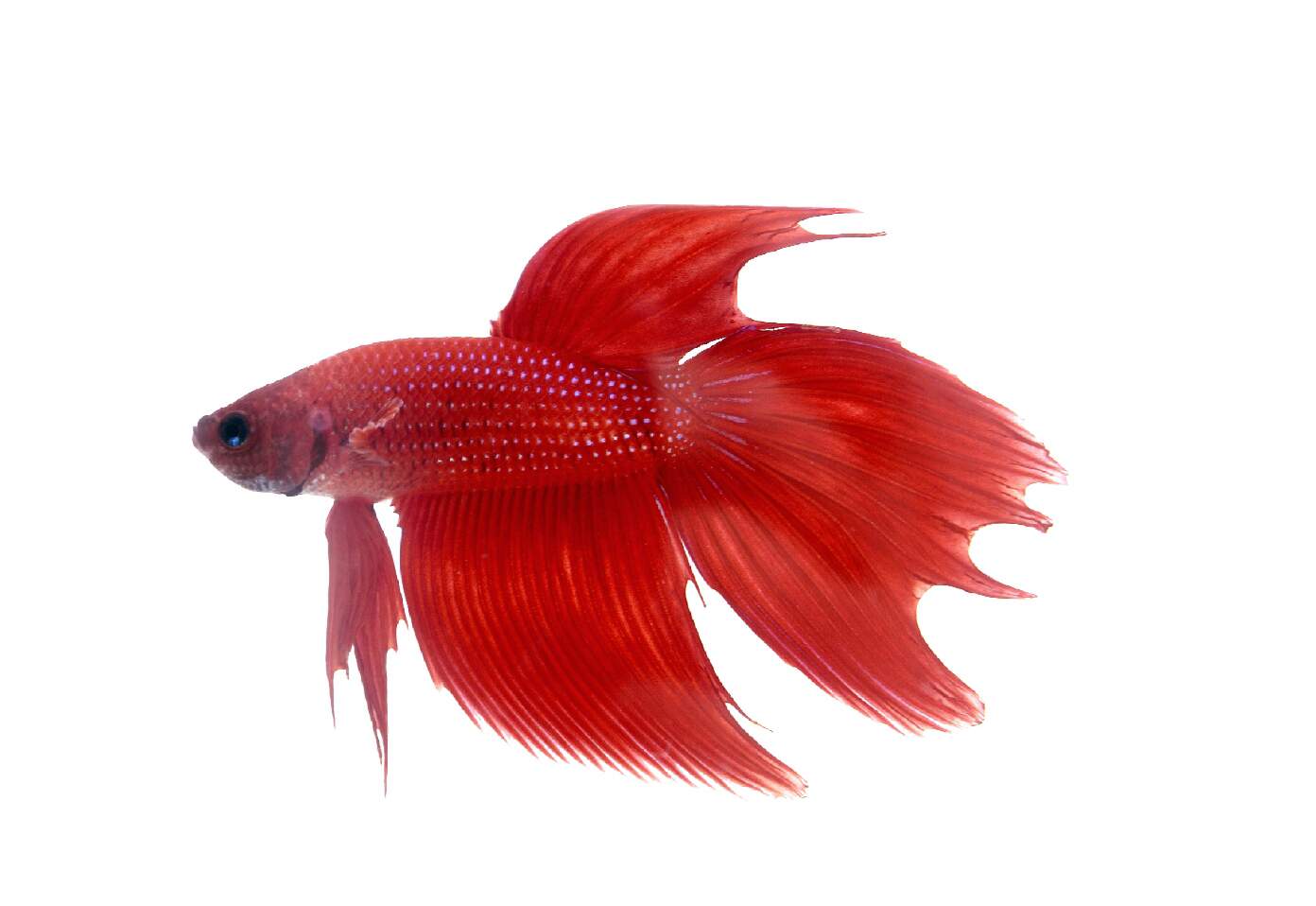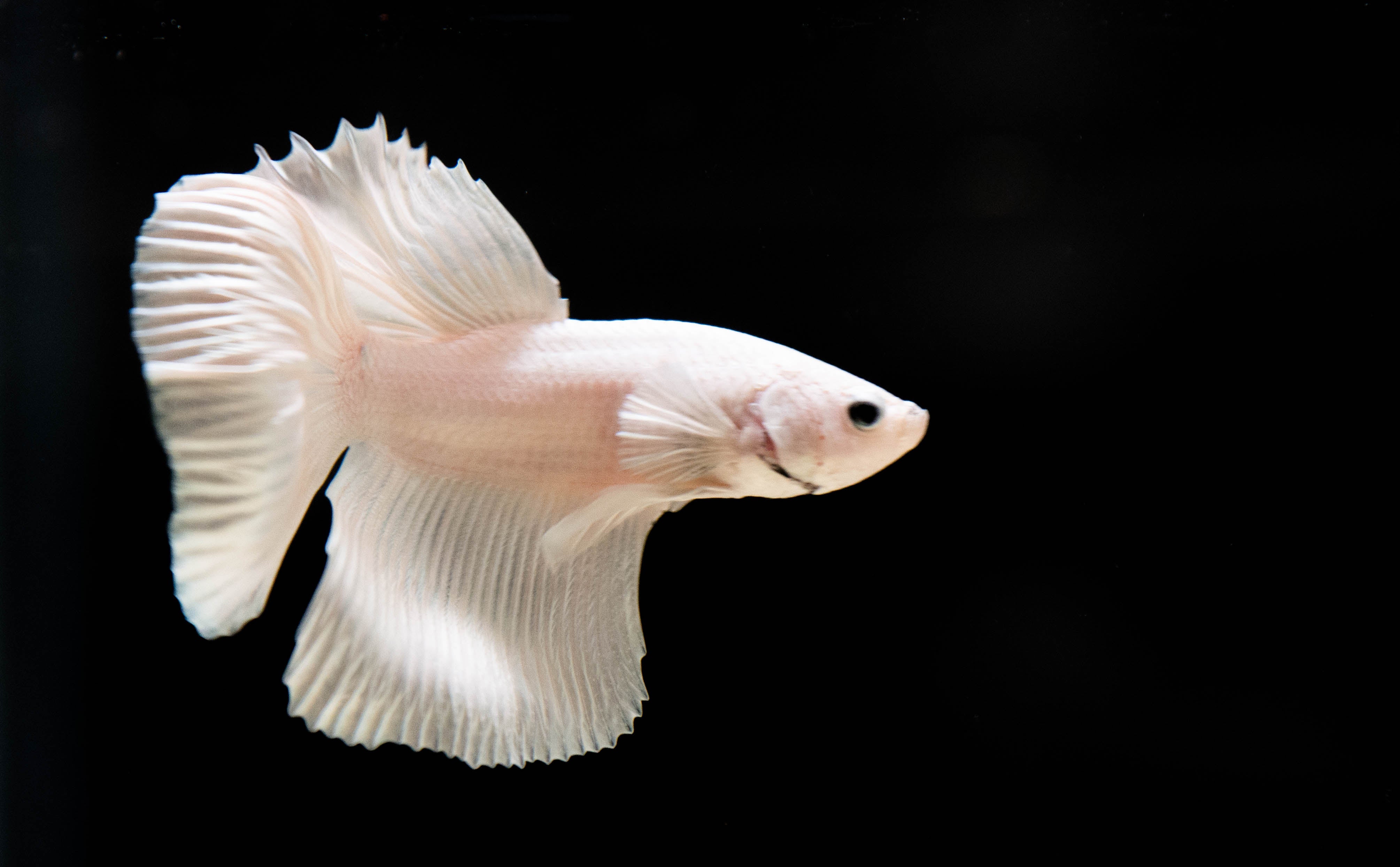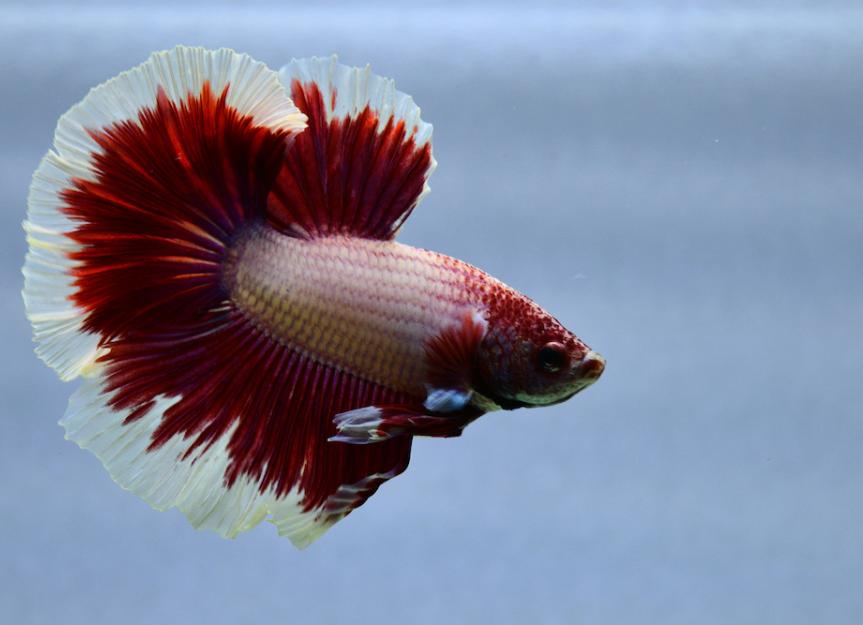Betta Fish Treatment: Essential Tips for a Healthy and Pleased Family Pet
Betta Fish Treatment: Essential Tips for a Healthy and Pleased Family Pet
Blog Article
Breeding Betta Fish: a Comprehensive Step-By-Step Guide to Efficiently Raising Child Bettas From Eggs to The Adult Years
Reproducing Betta fish is a careful venture that needs careful preparation and implementation to make certain the successful growth of fry from eggs to grow fish. Selecting genetically diverse reproduction pairs with preferable attributes is only the start; creating an optimum atmosphere and understanding the details of the reproducing process are just as vital. As the male Betta vigilantly constructs a bubble nest and guards the precious eggs, the succeeding phases of care and change demand attention to detail and understanding of best techniques. Just how does one browse the difficult yet satisfying path of nurturing these vivid animals to adulthood?

Selecting Breeding Pairs
When getting started on the trip of breeding Betta fish, picking the appropriate breeding pairs is vital to accomplishing desirable traits and a healthy and balanced lineage - betta fish. The very first step in this process is to recognize the certain characteristics you desire to improve or preserve, such as shade, fin type, and body form. It is vital to select genetically diverse sets to avoid inbreeding, which can bring about health and wellness concerns and unfavorable characteristics
Review potential reproducing candidates carefully. A healthy male Betta should display vibrant shades, an active disposition, and well-formed fins, while the lady ought to additionally display lively coloration and a rounded stomach, showing readiness for spawning. Observing the personality of both fish is vital, as hostile or extremely shy people might not breed effectively.
Maintaining documents of the parent fish's ancestry can assist you track genetic qualities and possible issues. Ultimately, investing time in the choice procedure will significantly enhance the possibility of creating solid, vivid offspring that satisfy your breeding goals.

Preparing the Reproduction Container
Developing an ideal breeding atmosphere is a vital step after choosing ideal pairs for Betta fish. The breeding storage tank must be especially created to offer comfort and stimulate the all-natural breeding behaviors of the fish. Beginning with a storage tank size of a minimum of 10 gallons to guarantee appropriate space for both the man and female Bettas.
Keep a gentle purification system to keep the water tidy while preventing solid currents that can worry the fish. In addition, an air stone can be included in offer oxygenation without interfering with the water surface also much.
Temperature level policy is crucial; go for a stable series of 78-82 ° F(25-28 ° C) utilizing a reliable heating system. The pH level must be kept between 6.5 and 7.5, and normal water changes are needed to ensure high water high quality.
Include floating plants or spawning sponges to create hiding areas for the lady, while also motivating bubble nest structure by the male - betta fish. Make sure the storage tank is cost-free from sharp decorations and any prospective hazards, as the welfare of the fish must constantly be prioritized during this important stage of breeding.
The Breeding Process
Usually, the reproducing procedure Get More Info for Betta fish entails a series of unique and evident habits that show preparedness for reproduction. The male Betta begins by constructing a bubble nest at the water's surface area, which works as a site for the fertilized eggs. This nest is crucial, as it offers a safe atmosphere for the eggs up until they hatch.
When the nest is established, the male will show courtship habits, such as flaring his fins and displaying lively colors to draw in the female. The woman, upon noticing the man's readiness, will certainly respond by showing upright stripes along her body, signaling her receptiveness.
When the female techniques, the male involves in a mating dance, usually resulting in a welcome recognized as the "spawning." Throughout this accept, the woman releases her eggs, which the male fertilizes promptly. The fertilized eggs wikipedia reference then drop to the bubble nest, where the male meticulously gathers and returns them to the nest. Following this, the male assumes responsibility for securing the nest and making sure the security of the eggs until they hatch out, usually within 24-36 hours. This stage is essential in the reproducing process, laying the structure for successful fry development.
Taking Care Of Betta Fry
Caring for Betta fry calls for cautious focus to their environment and nutrition to make certain healthy and balanced growth and advancement. After hatching out, Betta fry are incredibly tiny and susceptible, demanding a stable and clean habitat.
Feeding Betta fry is equally essential. Originally, they should be provided infusoria or finely smashed high-quality fry food, as their mouths are as well little to take care of bigger fragments. As they grow, you can gradually introduce bigger foods, such as child salt water shrimp or powdered flakes, to guarantee they receive adequate nutrition. Feed them that site tiny quantities several times a day, bewaring not to overfeed, which can result in water high quality issues.
Transitioning to Adult Bettas
As Betta fry fully grown, transitioning them to grown-up Bettas is a critical phase that calls for mindful administration of their atmosphere and social interactions. This process generally begins when the fry reach around six weeks old, at which point they can be slowly introduced to an extra organized living atmosphere.
To facilitate this change, it is important to guarantee that the water criteria-- such as temperature, pH, and ammonia levels-- are optimum and steady. Adult Betta fish grow in warm water (around 78-80 ° F) with a pH of 6.5 to 7.5. Progressively adapt the fry to these conditions to decrease stress.
Social communications are one more key aspect; male Bettas are infamously territorial and hostile. It is advisable to different males into specific storage tanks as they grow. Women Bettas can be housed together, however treatment must be required to keep an eye on for signs of aggressiveness.
Furthermore, nutritional modifications need to be made as the fry grow. Include high-quality pellets and live foods to support their development and health and wellness. By handling these factors properly, you can promote an effective transition to their adult years for your Betta fish.

Verdict
Successful breeding of Betta fish needs mindful interest to information throughout the whole procedure, from choosing genetically diverse sets to supplying optimal care for fry. Furthermore, a balanced diet plan and progressive adaptation to adult settings are vital for the growth and growth of Betta fish.
Report this page